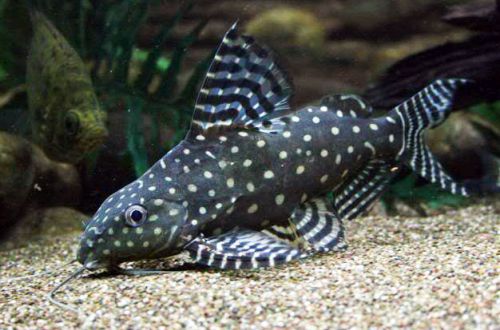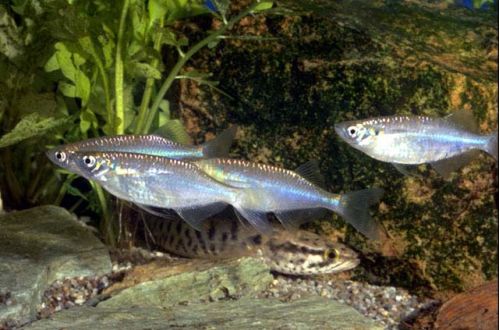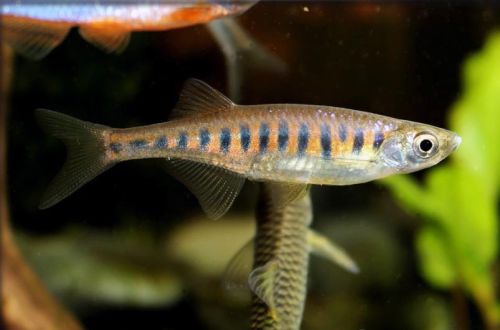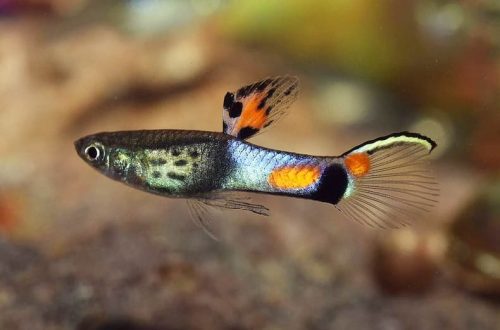
Synodontis Angel
Synodontis Angel, Polka Dot Synodontis or Squeaker Catfish, scientific name Synodontis angelicus, belongs to the Mochokidae family. Medium-sized catfish that can be kept in almost any common aquarium with most tropical fish. In addition, it is unpretentious and easy to maintain.

Contents
Habitat
Originally from the African continent, it comes from the Congo Basin from the territory of the modern Democratic Republic of the Congo, Cameroon and the Republic of the Congo. Prefers low-speed sections of the main channel and tributaries, backwaters, keeps close to snags, sunken trees.
Brief information:
- The volume of the aquarium – from 200 liters.
- Temperature – 24-28°C
- Value pH — 6.0–8.0
- Water hardness – soft to hard (3-20 dGH)
- Substrate type – sandy, soft
- Lighting – subdued or moderate
- Brackish water – no
- Water movement – light or moderate
- The size of the fish is up to 25 cm.
- Nutrition – any drowning
- Temperament – peaceful
- Content is single or in a small group in the presence of shelters
Description
Adults reach a length of about 25 cm, but in the aquarium they can be less. The coloration is dark with white polka-dotted heels all over the body, the fins and tail have a striped pattern. Young catfish have a more saturated contrasting color, which noticeably fades with age – dark shades turn into gray.
Food
The diet of Synodontis Angela includes almost all types of popular foods (dry, frozen and live) in combination with herbal supplements in the form of peeled peas, cucumber. The food must be sinking.
Maintenance and care, arrangement of the aquarium
One adult fish needs a tank with a volume of 200 liters or more. The design uses a soft sandy substrate, large shelters in the form of snags, roots and branches of trees. Floating plants will serve as an additional means of shading the aquarium. It is recommended to set a subdued level of illumination; in bright light, the catfish will mainly be in shelter and swim out of it only in the evening and at night. There is no need for rooted plants, especially since the catfish interrupts the bottom in search of food and thus can harm them. If there is a need for vegetation at the bottom, then use pots, or various ferns and mosses that can be fixed on decor elements.
Water parameters have wide allowable pH and dGH values, which greatly simplifies the water treatment procedure. An important condition for keeping Synodontis is that the water must be clean with a minimum level of contamination. To do this, along with the installation of a productive filtration system, it is necessary to regularly clean the soil from organic waste and replace part of the water (15–20% of the volume) with fresh water.
Behavior and Compatibility
Peaceful calm look, goes well with other aquarium species. However, given the size of the catfish and its omnivorous nature, very small fish (less than 4–5 cm in length) should be avoided, otherwise they can be eaten. This is not a sign of predation, but a common behavioral reflex of most catfish – to eat everything that fits in the mouth. As for intraspecific relationships, it can get along with its relatives if there is a sufficient number of shelters, otherwise skirmishes for territory are possible.
Breeding / breeding
In nature, Synodontis Angel produces offspring during the rainy season, scatters the eggs near the bottom, and does not show parental care. It is extremely difficult to initiate spawning in an aquarium. At the time of this publication, it was not possible to find reliable information about the breeding of this species at home. The fry are obtained from specialized commercial fish farms.
Fish diseases
The main cause of most diseases is unsuitable living conditions and poor-quality food. If the first symptoms are detected, you should check the water parameters and the presence of high concentrations of hazardous substances (ammonia, nitrites, nitrates, etc.), if necessary, bring the indicators back to normal and only then proceed with treatment. Read more about symptoms and treatments in the Aquarium Fish Diseases section.





